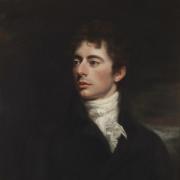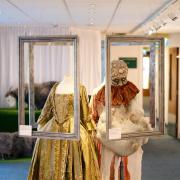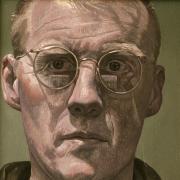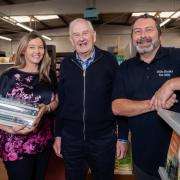The landscape in which her Kentmere home is set not only provides subject matter for artist and teacher Louise Sturgis but also inspires those who attend her art workshops.
From school students to beginner adults and professional artists, all have joined her classes taught from her studio and outside among the fells, woodland and, of course, on the riverside. “People have particularly loved being by the water for the reflections and the shadows of the trees,” she says.
Louise only began her art school last summer having returned to her family home at Longhouses. A converted barn next to the house provides studios for both Louise and her artist husband Ian Frith-Powell, while a second barn is currently being renovated as the Garden Studio.
Louise, who was born in London, and her four brothers spent many happy holidays here when they were children. Her grandfather, Stewart Nicoll, came from Carlisle and was a director of K Shoes, in Kendal, and her mum, Jean Nicoll, also an artist, was born further down the Kent just outside Staveley. The family’s Cumbrian ancestors go further back, however, to farming at Sowerby Row, near Penrith.
“My grandfather got into Oxford University and wanted to work in art history, but, having been badly injured in the First World War, a doctor said he couldn’t live in London because it was too unhealthy which is why he ended up coming back to Cumbria. His love of art was life-long and he used to buy paintings and ran what he called ‘painting parties’ for children in Staveley where he’d bring in professional artists – in particular Robin Wallace, from Kendal – to teach them. I feel like I’m following a family tradition.”

Longhouses has been in the family since 1966. The teaching studio was created from the barn in the 1990s. It is connected to the house, has a bathroom next door, a huge solid fuel stove, large windows and a mezzanine. The open, light-filled space is ideal as a painting studio with plenty of wall space for hanging work.
Louise works mostly in oils and paints landscapes and the life within them. For an exhibition of her work at Rebecca Hossack Art Gallery, in London, she said: “The paintings in this show are about my return to a landscape that I have felt rooted in and inspired by all my life. They are an attempt to distil the physical, emotional and spiritual experience of being in a landscape that I have loved and carried in me as I have lived and worked and painted elsewhere. It was this landscape that inspired me to be an artist.”
She adds: “This is the place where I first experienced the numinous beauty of the world and recognised that this beauty comes to us as much through the crackling roughness of the lichen on a stone, the damp smell of a wooden gate or the mournful sound of the ewes bleating for their lambs at dusk as from the golden light and the majestic fells.”
Louise studied at The Ruskin School of Fine Art, Oxford University and The Royal Academy Schools, in London. From there she travelled to Norway on a government scholarship, and to Iceland, finding inspiration in the light and wilds of the islands and fjords.
She is on the Faculty of The Royal Drawing School in London, teaching on its adult public programme and master of arts course. “When The Royal Drawing School was founded in 2000 there was quite a lot of suspicion about teaching drawing in art schools; it was considered old fashioned and stifling of creativity. The Drawing School sought to redress the balance. In the same way that a musician benefits from learning scales and arpeggios, I would say that an artist benefits from learning to draw, they are the foundational skills.
“It doesn’t matter if you are going to be an abstract artist, a sculptor or painter, drawing from observation is about understanding and assimilating the world around you, learning to look, to see clearly and translating what you see in your own way. It teaches you how to use materials and exploit their different characteristics to express what you want to. My aim is to recreate a mini Drawing School in Kentmere.”
Having had five children of her own, Louise went into teaching young people and for the past six years was head of art at Ampleforth College, in North Yorkshire, preparing students for GCSE and A-level and supporting their applications to art schools around the country and abroad.
“I am a passionate teacher. There is nothing I love more than to help students to grow in confidence and find their voice,” she says. She brings all this experience to her courses at Kentmere. “Part of my aim is to bring something to Cumbria that you normally only find in cities; life classes, week-long and weekend drawing, painting and printmaking courses, taught by myself and other professional artists. There is not so much of that, of the kind of quality I am aiming at, here.

“There are courses, but they can be prescriptive and everyone ends up with the same kind of thing at the end of it. My approach to teaching is to understand the individual person, what makes them tick, what their personal voice is and to try and help them find it and allow it flourish. It’s a more personal approach while at the same time teaching the skills.”
Her Young Artist courses run in the school half terms and holidays and her adult programme, which starts in March, includes Landscape Weekends, Walk and Draw Week, Woodland and Water, Farm and Fell and Interior, Exterior, with a maximum of six students on each course. In the near future Louise is aiming to run a weekly life drawing class for local people and to offer one-to-one tuition.
The courses are non-residential, but Maggs Howe bed and breakfast and camping barn is within walking distance and there are other places to stay nearby for those coming from further afield.
“I have beginners and experienced artists; I don’t think it matters and in fact it’s interesting having a mixed group because everybody learns from each other. Keeping the groups small means I can tailor them.”
She hopes her courses will be just the beginning of a “journey of drawing discovery” for participants. “I want them to feel like they are ready to go home with lots of new confidence and excitement and ideas to carry on making work when they aren’t here. I don’t want them to think ‘I have done the course, I’ve got my picture’ then forget about it.
“I want them to feel inspired and to have grown as an artist from whatever their starting point and to take away that impetus and energy, and of course they can come back to continue and progress further. There are so many different sorts of landscape within walking distance of here and we can also work in the studio. We adapt each course to whatever inspires people.”
longhousestudios.org




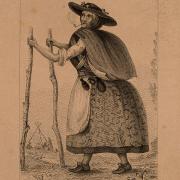

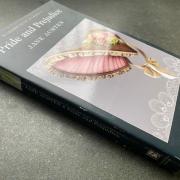

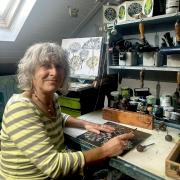

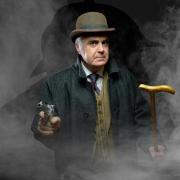
![Julie Carter [Jessie Leong]](/resources/images/128x89/1x/18534684.jpg)
![Julie Carter [Jessie Leong]](/resources/images/180x180/1x/18534684.jpg)

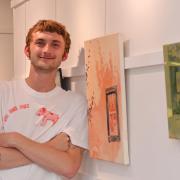


![Eastman Johnson's The Lord is My Shepherd, 1863, an anonymous black man seated and reading [courtesy of the Smithsonian American Art Museum]](/resources/images/128x89/1x/18534983.jpg)
![Eastman Johnson's The Lord is My Shepherd, 1863, an anonymous black man seated and reading [courtesy of the Smithsonian American Art Museum]](/resources/images/180x180/1x/18534983.jpg)

